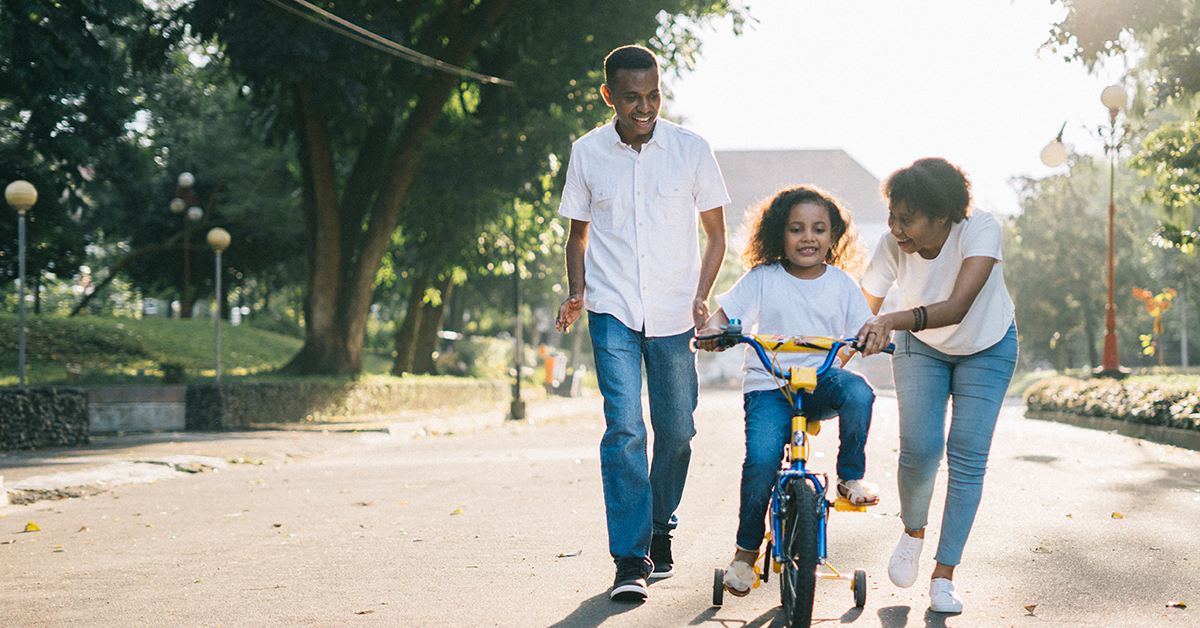Tips for families who are tired of pandemic precautions

As the season shifts and West Texas starts to cool off, many individuals feel inspiration for change—a new school year and a clean slate.
This year, however, the “fresh start” one might normally feel around this time of year is plagued with worry as classroom and workplace attendance still risks the spread of COVID-19. Schools and universities across the country have reported the spread of the virus, and West Texas is no exception.With the continued threat of COVID, the past few months have weighed heavy on the region.
The journey to a healthy community has already been long and tiring, leaving West Texas to feel like a child in the backseat on a long drive, asking: are we there yet? The answer, disappointingly, is no—we aren’t “there” yet. Masks and physical distancing are still required, and persistence is key in order to make it through the winter months that lie ahead. However, while COVID-19 might seem never-ending, this journey does have a destination.
Sarah Mallard Wakefield, M.D., associate professor and chair of the Department of Psychiatry at Texas Tech University Health Sciences Center (TTUHSC), expressed that the first step to navigating through this pandemic is acknowledgement that there will be life after COVID-19.
“The first step is to recognize that this is a unique time, an interesting time for sure, and that it will be limited.” said Wakefield, who agreed that the pandemic is a universally exhausting experience. “It’s helpful to know there will be an end, even if right now we don’t know exactly when or what that looks like.”
While it might seem overwhelming to stay focused on fighting the spread of the virus, no one is alone in this. Wakefield suggested that the togetherness of this experience is key to endurance and understanding of COVID-19 and the precautions we take.
“I still think the ‘we are all in this together’ approach helps fight the fatigue the best,” said Wakefield. “I may not be so worried about my immediate family members becoming ill, but I will think about my neighbors and people I see at the grocery store who might be at higher risk. Is it fair for them to stay home and hide away so I am not inconvenienced by wearing a mask? I think not.”
Now that school is back in session, one of the biggest obstacles for families is the worry of sending kids back into classrooms. Some schools across the country have stated that they cannot enforce mask usage, and for many younger students, it may seem like there is little to keep their masks on and their hands away from each other. Wakefield says that keeping the message consistent will help children grasp safety precautions.
“School-age children take their cues from their community: what they see at home and at school,” Wakefield said. “Consistent messaging, support for wearing masks in close-contact situations and doing more outside with friends and family are all good approaches to finding balance.”
While some parents worry about a potential connection between mask-wearing and anxiety in their children, Wakefield indicated that this is not the case.
“I think that’s unlikely, based on what we know about child development,” said Wakefield, who explained that children might feel ostracized or bullied if they had to wear a mask when no one else was wearing one, but if others are donning masks, most children will peacefully adjust.
“Children tend to feel just fine doing what the group is doing,” said Wakefield. “It’s the reason a young child has frequent accidents at home but is perfectly potty-trained at school. Kids easily take their cues from peers.”
Additionally, Wakefield said that it helps to identify peer leaders who help set examples and promote safe behaviors. Doing so can help children learn many coping skills—from learning proper hand-washing to improving coping skills.
The Centers for Disease Control and Prevention (CDC) provides online resources for parents with questions or concerns about best practices for their child’s learning experience—both at home and in the classroom. A downloadable checklist provides planning materials for in-person classes.
Though West Texans remain at odds regarding staying in or going out, Wakefield advised that finding a balance could lighten the load of COVID-fatigue.
“We are all expending so much of our energy capital arguing about the way forward or watching others argue,” Wakefield said. “I think we can strike a happy balance of participating in our community together and protecting our vulnerable populations. If we work together, it does not have to be all or none.”
